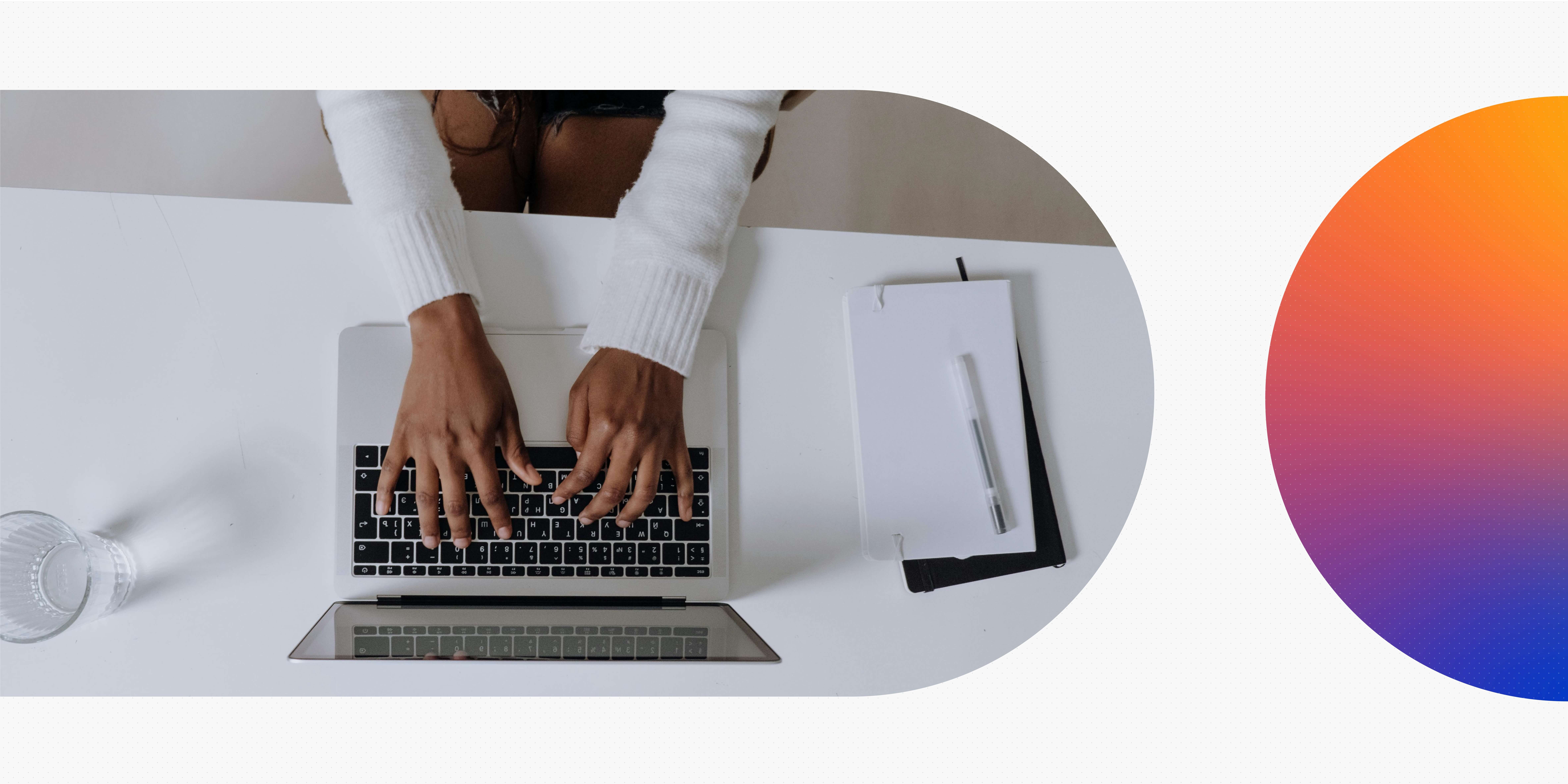You don’t have to start your career from scratch to break into UX design.
UX is a great conversion career because it welcomes skills from different disciplines and backgrounds. Whether you’ve worked in marketing, graphic design or hospitality there will be transferable skills you can bring to the table.
Here are five tips to help switch your career to UX design.
1. Network with the UX community
Firstly, don’t undervalue the importance of networking. Networking can open up many doors when you’re trying to break into UX, but the idea of networking is intimidating for many people.
Jade Grainger (Career Services Advisor, UX Design Institute) highly recommends LinkedIn for those who are new to UX.
She says that “LinkedIn is incredibly important and it’s something that a lot of people miss. Own your network. Aim to have a large network of meaningful connections.”
She advises connecting with UX managers, UX recruiters, UX leads, design managers and UX architects in industries you want to work in. Try to include a short note about why you’d like to connect with them.
Here’s what you can say:
- Hi! I’m looking to connect with you as we’re both within the design space. I’d love to have a specialist like you in my network. Let’s connect!
- Hi [name]! I hope you’re well. I’ve noticed you’re a leader within the design space and I’d love to have you as one of my connections as I grow in this field.
Once you’ve added these meaningful connections, your feed will be filled with relevant UX content. You never know, you could even be connecting with someone who could influence your job application one day.
Take a look at local and online UX events too on websites like Meetup. These are a great opportunity to learn from industry experts and meet like-minded professionals.
2. Build a UX portfolio
Having a portfolio is essential if you want to break into UX design. It shows that you understand the UX design process and can solve user problems with the relevant tools and techniques.
Cassandra (UX designer, Pomegranate) moved to UX from a non-design background. When she was thinking about changing her career, she asked some UX professionals for their advice.
She found that: “A lot of them told me that you didn’t need a degree but you absolutely need a portfolio. I tried doing YouTube videos and learning the process myself but I got nowhere. The UX Design Institute gave me the support and portfolio I needed to move into UX, at the best price point.”
While a university degree isn’t required, UX training can put you on the right path professionally.
3. Get a credit-rated UX qualification
Undertaking a credit-rated UX course can show employers that you’re serious about a career in UX design. Our Professional Diploma in UX Design can teach you the full UX design process at your own pace.
UX hiring manager James O’Brien said that “It’s hard to hire by qualification in UX because there are so few accredited courses out there. So when I do see a qualification on your CV or LinkedIn, it immediately grabs my attention. It tells me you’ve invested in this as a career, and you’re genuinely interested.”
Stephanie (UX designer, The Hut Group) has seen this return on investment, saying “the university credit rating was really important. When I was applying for UX jobs it showed employers that I had a distinguished, reputable and legitimate qualification. I hadn’t just done some random UX course online.”
4. Show employers that you’re a lifelong learner
Many employers want to see candidates who are lifelong learners – professionals who are always looking for opportunities to grow.
UX Design Institute graduate Jonny noticed this too. When he was trying to break into UX, he worked hard on his portfolio. As well as including his UX Design Institute project work, he highlighted his other skills to help his application stand out.
He said that, “employers knew I had limited UX experience but they liked the fact that I was passionate about learning.”
It’s likely that many UX job descriptions will list tools that you’re unfamiliar with. This shouldn’t put you off applying. If you can confidently use Sketch, it’s likely that you can use Adobe XD and Figma too.
Jade recommends applying anyway and learning how to use the tool in the meantime. Many of these popular UX tools have free online resources.
She recommends: “If there’s a video or course on the tech, watch it, even if you’re not going to watch all of it, play it in the background like a podcast. It’s amazing what you pick up just listening to things.”
Many candidates don’t apply for jobs if they don’t perfectly match the job description. In reality, job postings are ideal checklists for recruiters. A strong job application can go a long way even if it doesn’t meet the full criteria.
5. Treat the application like a UX project
Our final tip to help you to break into UX is to send applications that are relevant to the company. Applications that show that they understand the employer’s needs (like understanding the user in the UX process) have greater chances of success.
Many people make the mistake of sending many generic applications to companies in different industries.
You can create more powerful applications by examining your career goals.
Ask yourself these questions:
- What industry do I want to work in?
- What kind of company can I see myself working for?
- Do I want to be a contractor or permanent member of the team?
- Do I understand what this industry’s problems are? How can I solve them?
- Does my portfolio suit this role and this industry?
- Am I interested in this role?
Answering these questions can give your career direction and improve the quality of your applications.
It’s important to tailor your portfolio to the industry you want to work in. If it’s your goal to do UX design for a health and wellness app, make sure your portfolio is relevant to this industry.
UX designers need to treat their job applications like a UX project. You need to show employers that you understand who their market is, what their problems are and how you’re prepared to solve them.




